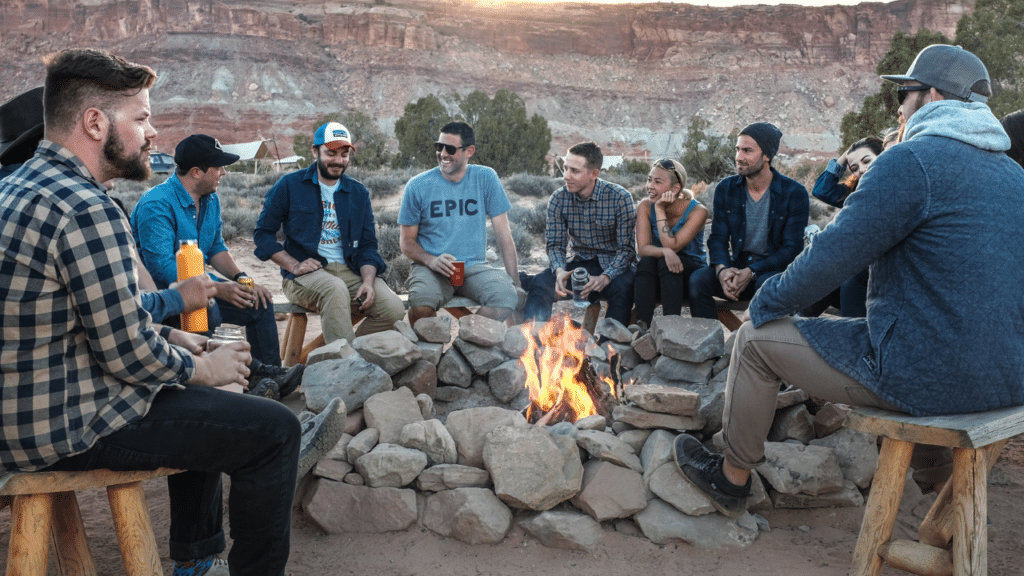Lance Somerfeld and Matt Schneider didn't set out to spark a revolution; they were simply two fathers who cared for their children full-time.
The pair first met as public school teachers in The Bronx, where they connected over shared lesson plans, a passion for teaching, and a deep commitment to their students. Their bond grew even more vital when they became their children's primary caregivers.
“My wife works in insurance in corporate America,” explains Somerfeld, who became a stay-at-home dad in 2008. “I had the opportunity to take a leave of absence from teaching to care for my child, with the assurance that my job would be secure when I was ready to return—a rare luxury nowadays.”
“We wanted one of us to be at home with our child,” he continues. “We felt it was important to be present and actively involved during those crucial early years.”
Schneider, who had taken on the stay-at-home dad role three years prior, shared a similar story. He and his wife had decided that he would stay home while she pursued her career in investment management, striking a balance to make their family life work.
Although Somerfeld and Schneider enjoyed their roles, they quickly noticed a need for more support for stay-at-home dads.
Traditional parental roles have evolved significantly in recent decades. According to recent Pew research, more fathers are embracing parenthood as a critical part of their identity. They spend more time with their children—three times more than fathers did in 1965—challenging the outdated stereotype that dads are merely “babysitters giving mom a break.”
Despite these shifts, progress has been slow. While parenting is becoming more balanced, more programs and support groups still need to be specifically for fathers. They found that while they could attend groups geared towards mothers, there was often a subtle discomfort from the moms about their presence. This lack of a truly welcoming environment can isolate parents navigating new territory.
Recognizing the need for a more inclusive narrative about modern fatherhood, Somerfeld and Schneider created a space for fathers to share their experiences and support each other.
Thus, they started a meet-up group for dads, never expecting it to increase.
Schneider recalls that Somerfeld sparked the idea. “He was proactive in realizing there must be more dads like us at home. [Additionally] there must be other men who are actively engaged in their children's lives, even if not full-time caregivers.”
They posted an open invitation to all dads in New York City on Meetup, a platform for organizing events. The initial gatherings were small, involving park visits, playdates, and trips to the Museum of Modern Art with their children.
As word spread, the group expanded. Dads started organizing larger outings to the zoo, attending ball games, and building friendships while their kids did the same.
These activities were enjoyable for the children, but the camaraderie among the dads was equally important. Soon, they began planning events just for fathers, like happy hours, where they could discuss challenges and successes, share parenting tips, and support each other emotionally.
Today, the group, known as City Dads, boasts 13,000 members across 37 cities. It offers programs like New Dad Bootcamps in New York City to help new and expectant fathers transition into their roles (and perhaps pick up a few classic dad jokes). The group also runs a blog and a podcast—resources Somerfeld and Schneider wished they had in 2008.
But City Dads isn't just about social events; they're also committed to giving back to the community. Members frequently volunteer their time and resources for charitable causes. For instance, City Dads have supported The Preeclampsia Foundation to raise awareness and collected baby clothes for the Good+ Foundation, which helps families in need.
Above all, City Dads spread the message that it doesn't matter who you are—if you identify as a dad, you're welcome.
City Dads is redefining fatherhood, and that's a beautiful thing.
